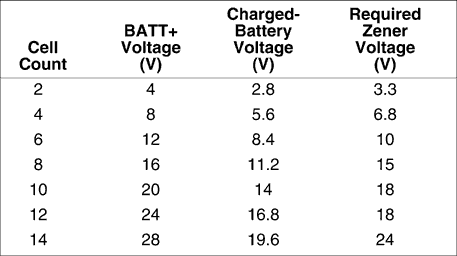
 Figure 1. The shaded components in this NiCd (or NiMH) battery charger cause the LED to flash during trickle charges.
Figure 1. The shaded components in this NiCd (or NiMH) battery charger cause the LED to flash during trickle charges. The timer is configured as an astable multivibrator operating at 60Hz (f = 1 / 1.4RC). It remains enabled during a fast charge, but must shut off when the battery is disconnected. Zener diode D1 makes that decision. With no battery connected (a condition sensed by R5 and an internal comparator), IC2 produces a voltage at BATT+ equal to twice the number of cells for which the IC is programmed. This voltage (4V for two cells) turns on the 3.3V zener and disables the timer.
Connecting a battery drops the BATT+ voltage to 2.8V (1.4V per cell), which turns off D1, turns off Q1, and enables the timer. The timer output drives Q3, whose collector (wire-OR'd with the open-drain active-low FASTCH output) causes the LED to flash.
Other cell counts require different zener voltages:

During a fast charge, the LED should glow steadily, without flicker caused by the operating timer. This condition is assured if the active-low FASTCH voltage remains low: IC2's data sheet guarantees a 0.4V maximum when active-low FASTCH sinks 2mA. Higher currents produce a higher voltage that may result in flicker. In that case, you can cure the problem by adding a resistor in the emitter of Q3.
欢迎分享,转载请注明来源:内存溢出

 微信扫一扫
微信扫一扫
 支付宝扫一扫
支付宝扫一扫
评论列表(0条)